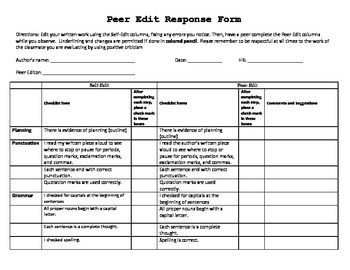Treatment of Acromioclavicular Joint Dislocation.
Developed by renowned radiologists in each specialty, STATdx provides comprehensive decision support you can rely on - Acromioclavicular Joint Injury.Acromioclavicular Joint Dislocation There is a paucity of data on the epidemiology of acromioclavicular (AC) joint dislocation. Some studies cite that it accounts for 9% of all shoulder injuries.The Rockwood classification (1998) is the most common classification system in use for acromioclavicular joint injuries 3. This well known 6-type system is a modification of the earlier 3-class classification system described by Allman (1967) 2 and Tossy (1963).
The key structures involved in dislocation of the acromioclavicular joint (ACJ) are the joint itself and the strong accessory coracoclavicular ligament. ACJ dislocations are classified with the Rockwood system, which comprises six grades of injury. Treatment planning requires accurate grading of the ACJ disruption, but correct classification.ABSTRACT: OBJECTIVE. The purpose of this article is to provide a review of acromioclavicular joint anatomy, describe common pathologies at the joint, and present normal and abnormal postoperative imaging findings after surgical treatments.

Classification of AC joint injury. Acromioclavicular joint injuries can be labeled as types I to VI depending on the severity of the injury. The type of injury can be determined with the aid of examination of the patient and imaging. The classification is as follows.












